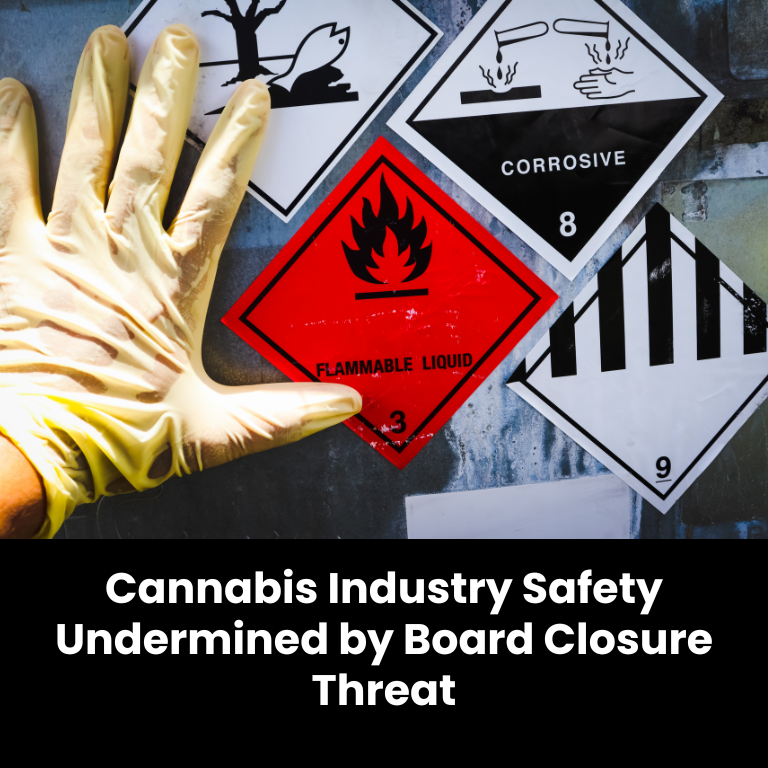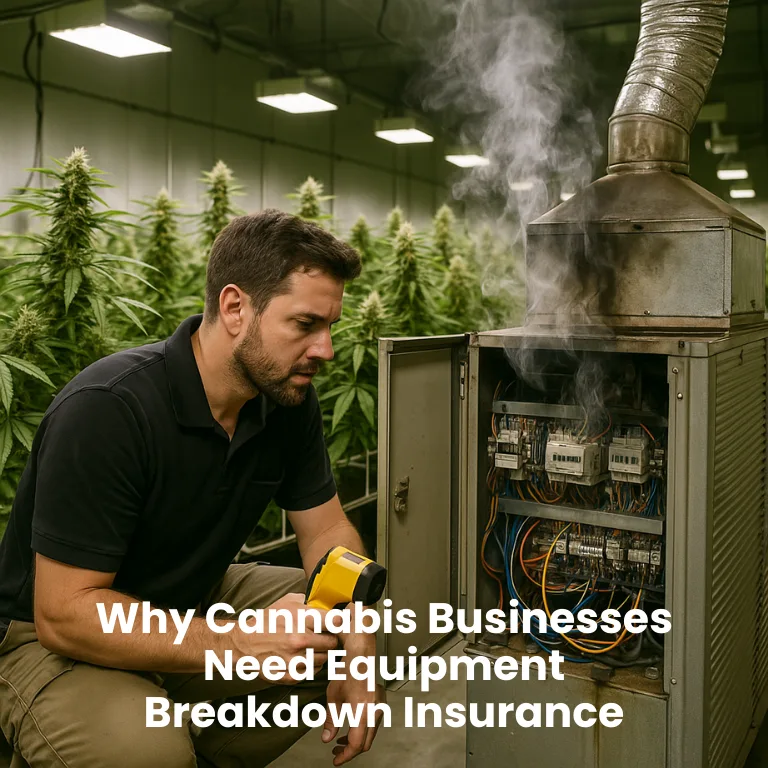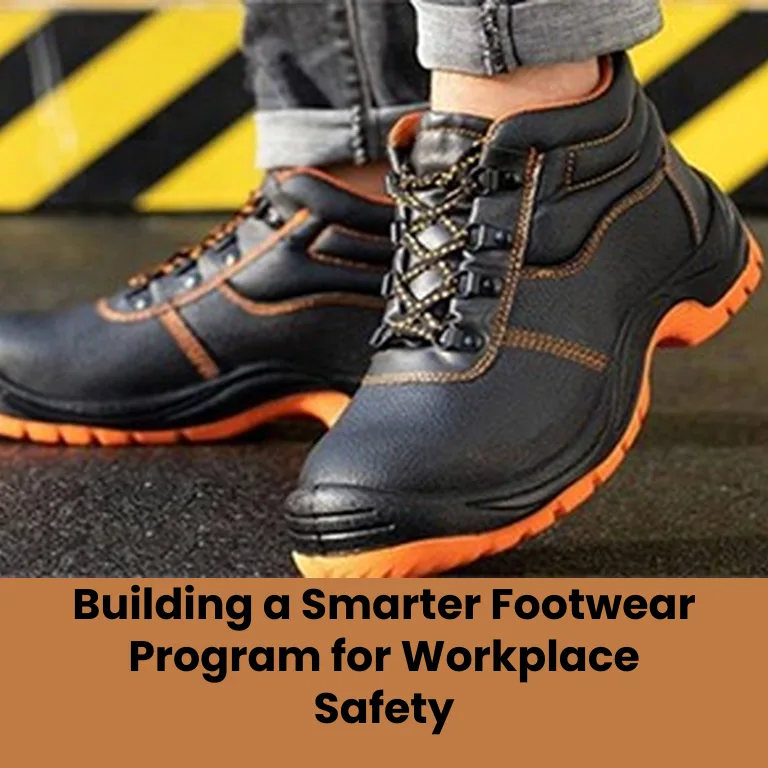The cannabis industry has experienced meteoric growth over the past decade, evolving from a fringe market to a multi-billion-dollar sector spanning dozens of U.S. states. Yet, despite the sophistication of its production and the increasing size of operations, regulatory oversight related to workplace safety—especially chemical safety—has often lagged behind. With the looming threat of the Chemical Safety and Hazard Investigation Board (CSB) being shuttered or defunded, cannabis workers may soon face significantly heightened risk, particularly those employed in extraction labs and cultivation facilities.
The Role of the Chemical Safety Board in Worker Safety
The CSB is an independent federal agency tasked with investigating industrial chemical accidents. Its mission is not to regulate or enforce but to understand the root causes of incidents and make recommendations to prevent future disasters. Its role is especially critical in high-risk environments, such as oil refineries, chemical plants, and increasingly, cannabis extraction operations.
While the CSB does not have regulatory enforcement powers, it has provided invaluable insight into systemic failures across multiple industries. The Board’s recommendations have helped shape better workplace practices and have led to enhanced OSHA guidelines. Its impartial investigations have also often exposed underreported hazards and served as wake-up calls for industries dependent on volatile chemicals.
Chemical Hazards in Cannabis Production
Cannabis processing, particularly extraction, relies heavily on volatile and combustible chemicals like butane, propane, ethanol, and carbon dioxide. The risks associated with improper handling of these substances include fires, explosions, toxic exposure, and long-term respiratory issues.
In fact, as more states legalize cannabis and extraction labs proliferate, there have been a growing number of incidents involving chemical accidents. Some of these events have resulted in severe worker injuries, property destruction, and even fatalities. These accidents often stem from:
- Inadequate ventilation systems
- Poor training and operator error
- Improper chemical storage
- Lack of standardized safety protocols
- Substandard facility construction
Without expert investigations and industry-wide recommendations from organizations like the CSB, many of these accidents remain localized learning moments rather than catalysts for systemic reform.
Why the Cannabis Industry Is Particularly Vulnerable
Unlike more mature industries, the cannabis sector has grown rapidly under a patchwork of state regulations, with limited federal oversight due to cannabis’ Schedule I status. This legal gray area has left many cannabis businesses without access to robust occupational health resources, standardized training programs, or best practices typically adopted from federally funded research.
In addition, the decentralized and often entrepreneurial nature of the industry means that many small to mid-size cannabis operations may lack the expertise or resources to implement advanced chemical safety protocols. These businesses often rely on trial-and-error or peer-based learning, which increases the probability of safety lapses.
The CSB, through its data-driven and public investigations, offers a nonpartisan, science-based source of safety recommendations. Removing that resource leaves the industry more isolated and prone to repeating mistakes.
Recent Accidents in Cannabis Facilities Highlight the Need for Oversight
There have been several high-profile cannabis-related chemical accidents in recent years. For example:
- In Los Angeles (2019): A butane explosion at an illegal extraction facility injured 11 firefighters and razed the building.
- In Oregon (2021): An extraction facility exploded due to improper use of ethanol, resulting in one worker’s death.
- In Massachusetts (2023): A carbon dioxide leak in a cultivation facility hospitalized multiple employees.
Each of these incidents could have benefited from a formal CSB investigation to uncover systemic flaws and share findings across the industry. Instead, lessons learned have often remained siloed, and similar mistakes continue to occur elsewhere.
A Crucial Time for Safety Reform
The cannabis workforce is expanding rapidly, with tens of thousands of workers now employed in roles ranging from horticulture and trimming to high-risk extraction and manufacturing. As states like New York, Virginia, and Ohio come online with new adult-use programs, the demand for cannabis products—and, by extension, the number of employees exposed to hazardous conditions—is poised to surge.
Safety reform is especially critical during this time of expansion. Industry leaders, trade groups, and policymakers should be working together to implement universal safety standards and training protocols, not allowing vital safety agencies to be dismantled.
The Argument Against Defunding the CSB
Critics who argue for defunding or eliminating the CSB often cite cost or redundancy with other agencies such as OSHA or the EPA. However, this viewpoint underestimates the Board’s unique value. The CSB’s independence and investigative rigor allow it to go beyond surface-level compliance and into the heart of systemic risk factors.
For the cannabis sector, which often operates without clear OSHA guidance or under inconsistent state laws, this level of oversight is essential. The CSB fills a critical knowledge gap that no other agency is currently equipped to address.
Additionally, the cost of defunding the CSB pales in comparison to the economic and human toll of preventable accidents. Fires, explosions, and health hazards not only endanger lives but also cripple businesses, damage community trust, and strain public resources like fire departments and emergency rooms.
Steps Cannabis Businesses Can Take Today
While the fate of the CSB remains uncertain, cannabis businesses must proactively protect their workers. Key steps include:
- Conducting Comprehensive Risk Assessments: Understanding the specific hazards associated with chemicals used in their operations.
- Investing in Training and Certification: Ensuring employees are educated on the safe handling of chemicals and emergency procedures.
- Upgrading Facility Infrastructure: Installing ventilation, monitoring systems, and fire suppression technologies designed for chemical-heavy environments.
- Establishing Safety Protocols: Creating clear SOPs (Standard Operating Procedures) for chemical storage, use, and disposal.
- Partnering with Industry Groups: Collaborating with associations that prioritize safety education and best practices.
A Call to Action for Policymakers and Industry Stakeholders
Now is not the time to dismantle chemical safety infrastructure. Instead, lawmakers should expand CSB’s budget and authority to address the emerging challenges in the cannabis sector. Doing so would not only protect cannabis workers but also reinforce the legitimacy and professionalism of the legal cannabis market.
Industry stakeholders, including investors, executives, and compliance officers, must recognize that chemical safety is not a regulatory burden—it’s a foundational element of responsible business. By prioritizing safety, companies not only reduce liability but also attract more stable investment, foster employee loyalty, and maintain public trust.
As cannabis continues its transformation from a stigmatized substance to a mainstream product, the industry must rise to the challenge of ensuring the highest safety standards. Shutting down the Chemical Safety Board—or limiting its scope—at this pivotal time would be a grave mistake. Cannabis workers deserve the same protections as those in any other chemical-intensive field. Protecting them begins with preserving, strengthening, and listening to agencies like the CSB.
Workplace safety is not optional. It’s the cost of doing business and doing it right.
















